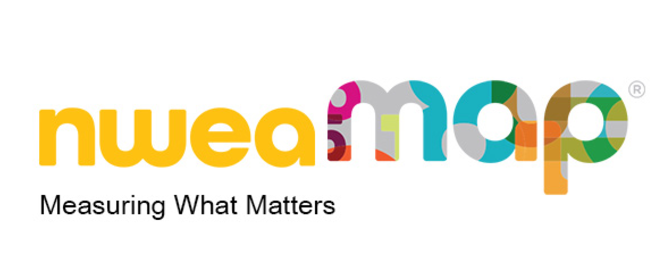MAP Testing


The NWEA MAP (Measures of Academic Progress) test is a computer-adaptive standardized test commonly used in schools to assess students’ academic skills and growth in various subjects, including reading, language usage, math, and science. It is designed to measure a student’s progress over time and provide valuable insights into their academic strengths and weaknesses. The test’s adaptive nature means that the difficulty level of questions adjusts based on the student’s responses. When a student answers correctly, the subsequent questions become more challenging, and if they answer incorrectly, the questions become easier. This adaptability ensures that the test is tailored to each student’s individual learning level.
Schools typically administer the NWEA MAP test three times a year—fall, winter, and spring—to monitor students’ progress throughout the academic year. This frequent testing allows educators to track academic growth and make informed decisions about instructional strategies tailored to each student’s unique learning needs.
Unlike traditional standardized tests that may have a pass/fail outcome, the MAP test does not have a passing or failing score. Instead, it provides RIT (Rasch Unit) scores, which are used to measure a student’s academic growth over time. These scores offer a comparison of a student’s performance against their peers and demonstrate how much they have improved academically. The test results provide a detailed understanding of a student’s current knowledge and areas where they are ready to learn and progress.
MAP scores can be valuable tools for teachers and parents alike. Teachers can use the results to customize learning plans and set goals tailored to each student’s needs. As a parent, the scores can help you understand your child’s academic strengths and areas that may require additional attention or improvement. It allows parents and teachers to work collaboratively to support a student’s educational journey effectively.
Overall, the NWEA MAP test is an essential tool for assessing student growth and informing educational strategies to ensure each child receives the appropriate support and resources for their learning success.

